
Building a Compelling Fantasy World: Q & A with YA Author Amy C. Blake
It’s not always easy creating a whole world from scratch. Amy C. Blake agreed to give a few words…
August 27, 2020
It’s not always easy creating a whole world from scratch. Amy C. Blake agreed to give a few words…
August 27, 2020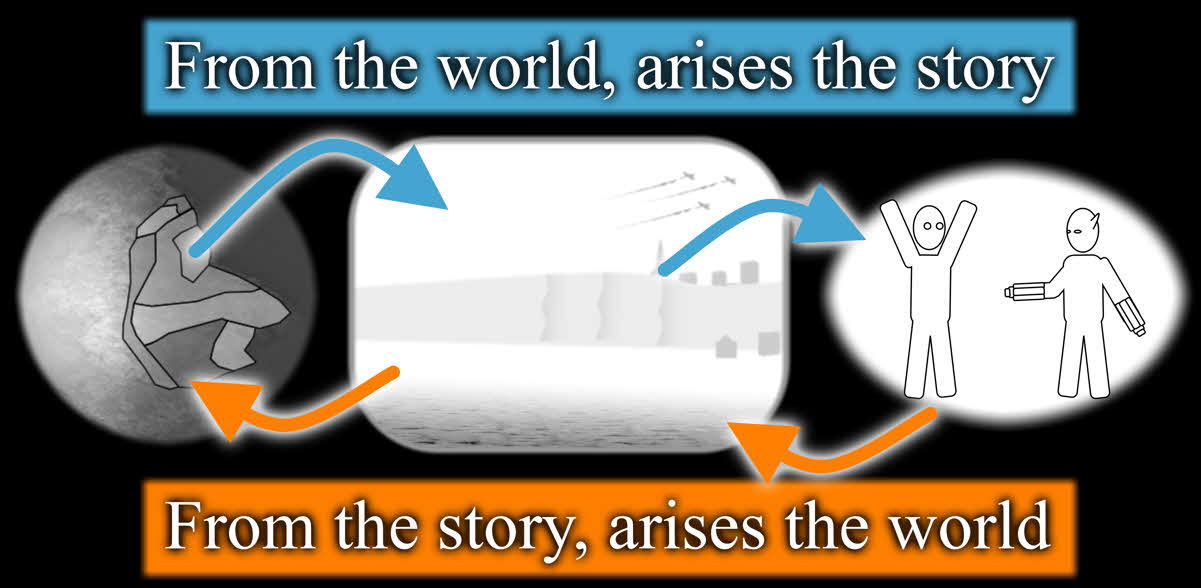
Well, it took God six days to complete the one you’re living in, so don’t expect to make yours in one day.
Worlds are complicated things, and in order to make one believable, you’ll need to take into consideration a whole host of things from politics to geography.
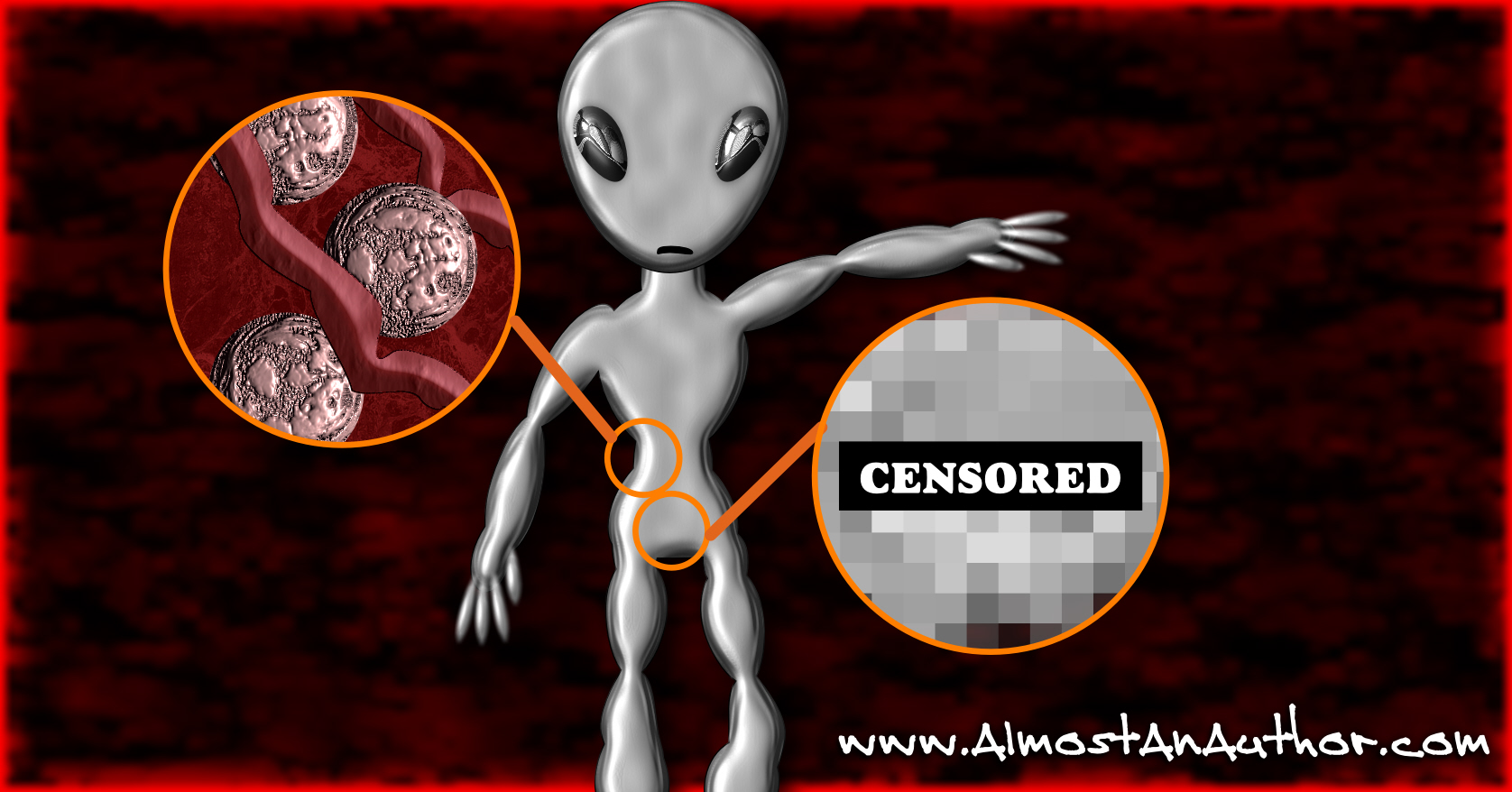
Jim held a gray spheroid up to the light. “So Doc, you’re saying the sex of this alien was…
February 13, 2017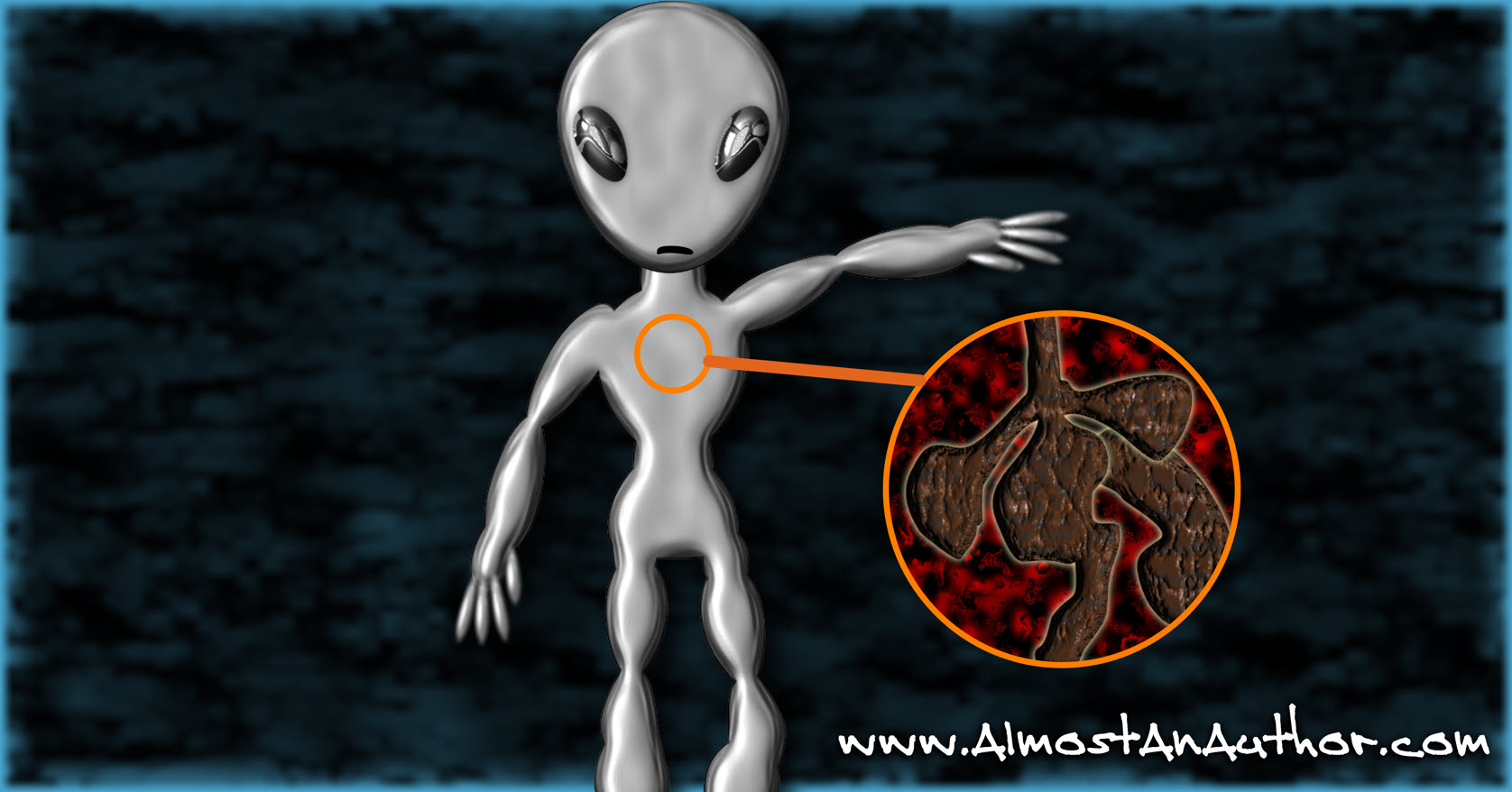
The autopsy window allowed Jim a clear view of the good doctor’s grim work. The gray-skinned corpse had been…
January 16, 2017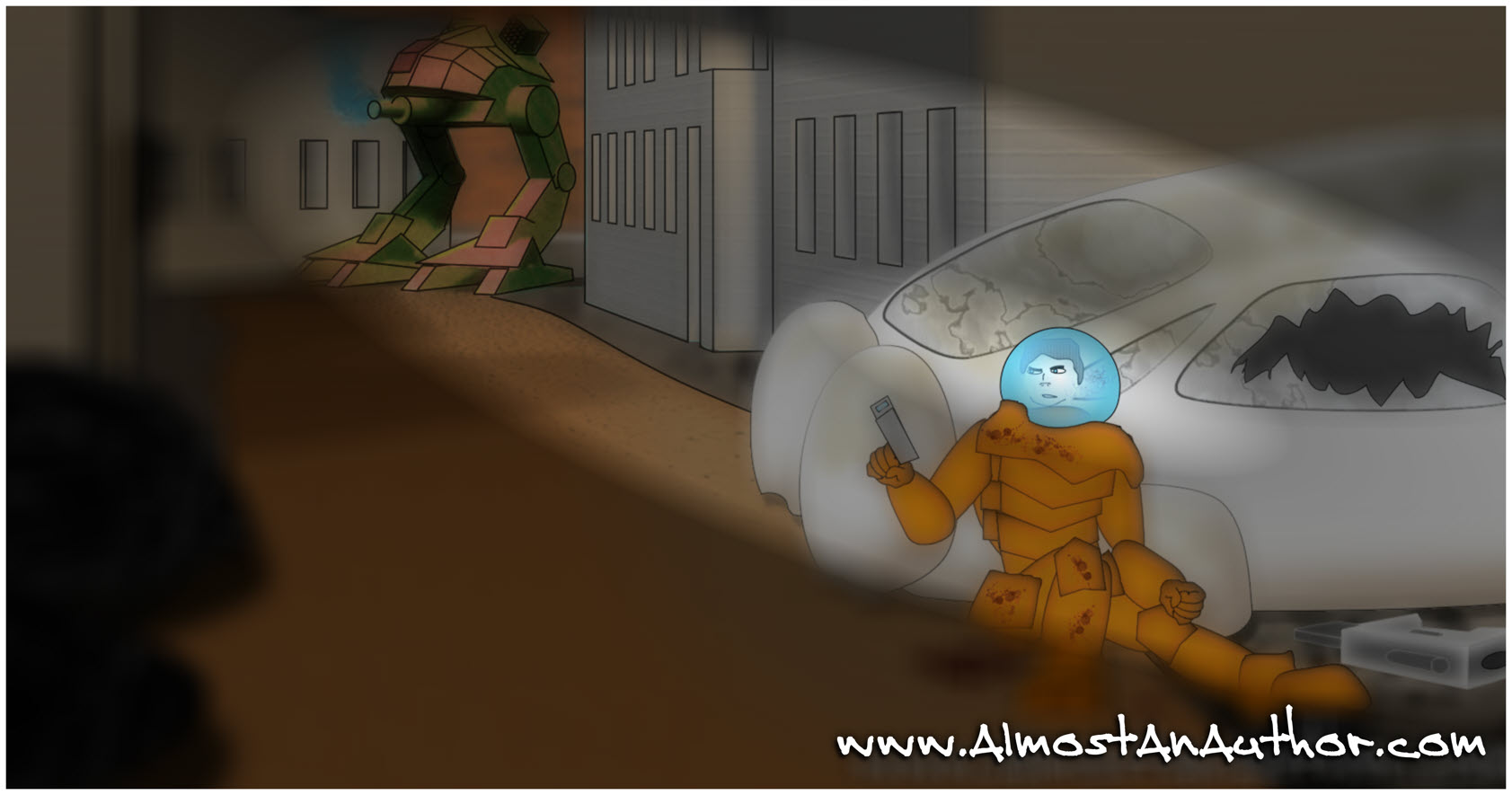
The carbine was still jammed and Jim couldn’t do anything to fix it. He finally tossed it aside and…
November 9, 2016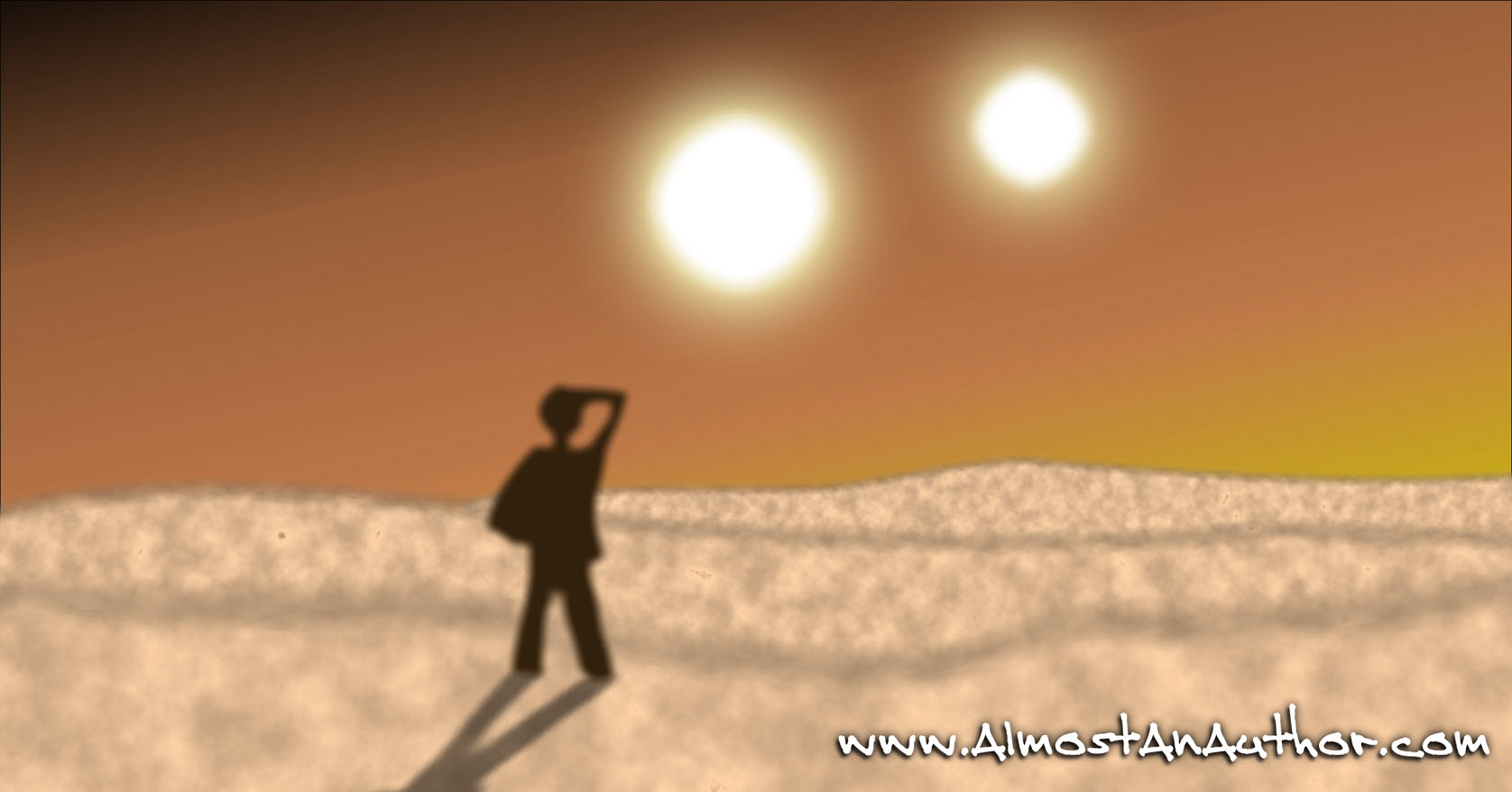
As Tatooine’s twin suns slowly inch to the sand dunes in the horizon, a lone figure strains his eyes…
September 11, 2016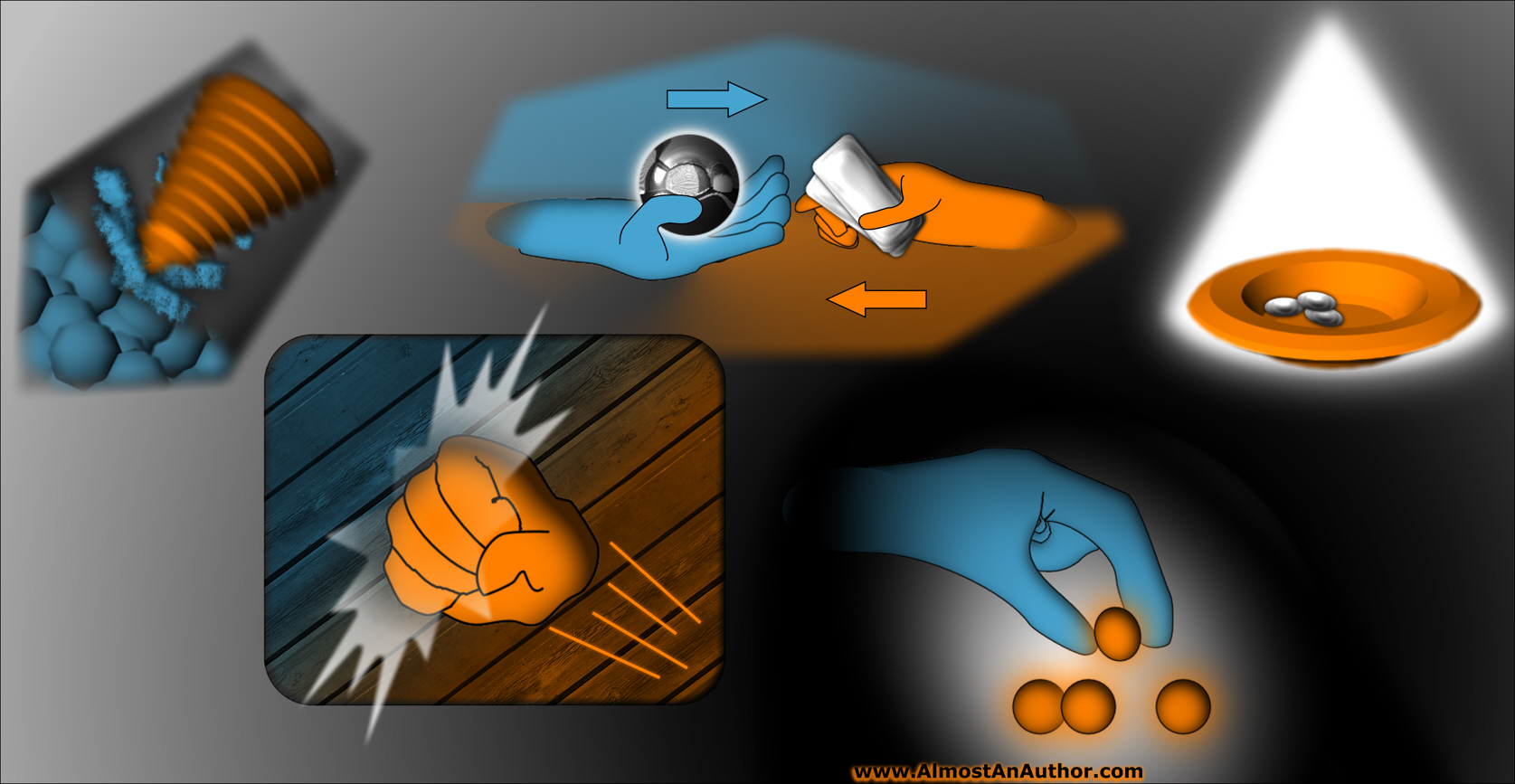
When writing a speculative fiction novel, determine what the things of value are in your world. Water, food, shelter-building resources,…
February 7, 2016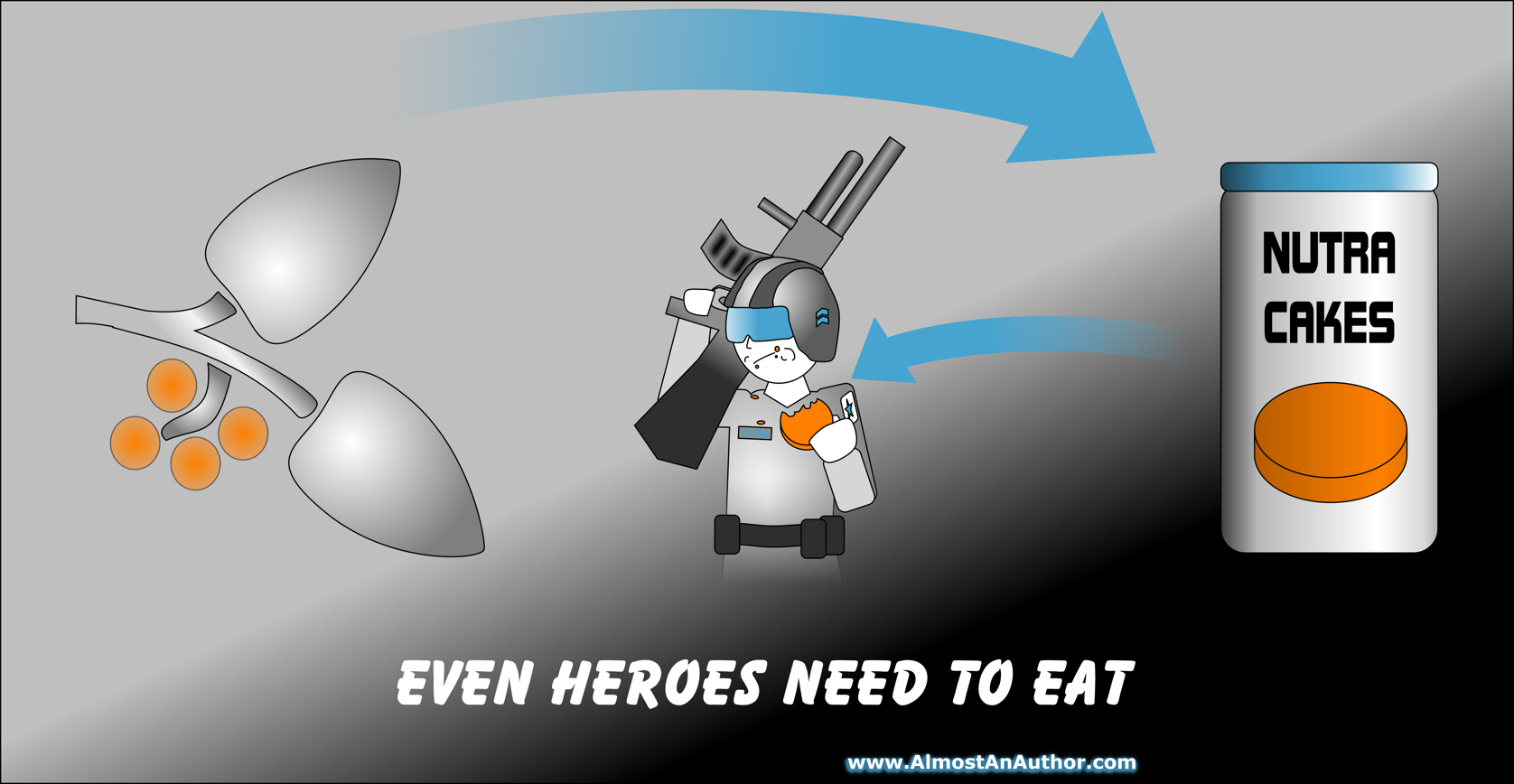
Regardless how fantastic the setting, the people in your book must treat their environment as commonplace. A character who…
November 28, 2015